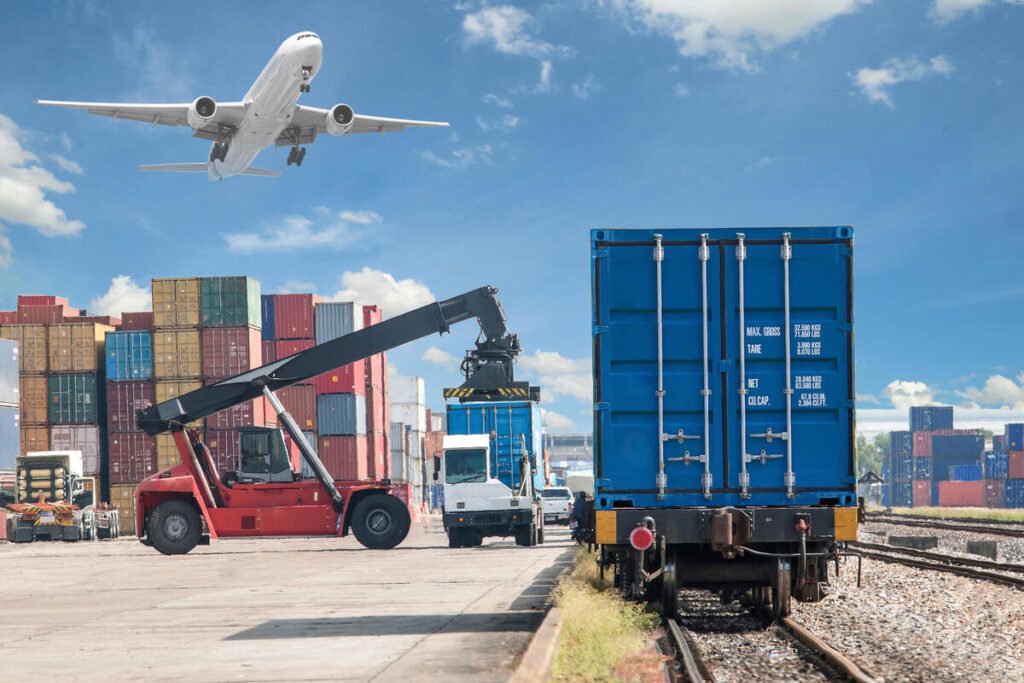
Global Supply Chain Disruptions: Strategies for Resilient International Transportation Management
In an increasingly interconnected world, global supply chains are the backbone of international trade and economic stability. However, recent years have underscored the vulnerability of these complex networks to various disruptions. From natural disasters and pandemics to geopolitical tensions and cyber-attacks, supply chain disruptions can have far-reaching consequences. Effective international transportation management is crucial to building resilience against such disruptions. This article explores strategies to fortify global supply chains and ensure smooth, efficient, and reliable transportation across borders.
Understanding the Challenges
Natural Disasters
Natural disasters such as earthquakes, hurricanes, and floods can cause significant damage to infrastructure, halting transportation routes and delaying shipments. The 2011 earthquake and tsunami in Japan, for instance, disrupted supply chains worldwide, particularly in the automotive and electronics sectors.
Pandemics
The COVID-19 pandemic highlighted the fragility of global supply chains. Lockdowns, travel restrictions, and labor shortages led to massive delays and bottlenecks. The unprecedented surge in demand for medical supplies and consumer goods further strained the system.
Geopolitical Tensions
Trade wars, economic sanctions, and political instability can severely impact supply chains. The US-China trade war, for example, caused companies to rethink their supply chain strategies, leading to increased costs and supply disruptions.
Cyber-Attacks
As supply chains become more digitized, they are increasingly vulnerable to cyber-attacks. These attacks can disrupt operations, steal sensitive data, and cause significant financial losses. The 2017 NotPetya cyber-attack, which affected several multinational companies, underscored the critical need for robust cybersecurity measures.
Strategies for Resilient International Transportation Management
Diversification of Suppliers and Transportation Routes
1. Supplier Diversification: Relying on a single supplier or a limited number of suppliers can be risky. Companies should diversify their supplier base across different geographic regions. This strategy ensures that if one supplier is affected by a disruption, others can fill the gap.
2. Transportation Route Diversification: Similarly, companies should not rely on a single transportation route. Using multiple routes, including air, sea, and land, can help mitigate risks associated with disruptions in one mode of transport. For instance, during the COVID-19 pandemic, many companies shifted from sea to air freight to avoid port congestion and delays.
Building Strategic Partnerships
Forming strategic partnerships with logistics providers, suppliers, and even competitors can enhance supply chain resilience. Collaborative relationships enable better information sharing, coordinated responses to disruptions, and pooled resources for quicker recovery. For example, companies in the pharmaceutical industry often collaborate to ensure the timely delivery of essential medicines during crises.
Investment in Technology and Digitalization
1. Real-Time Visibility: Investing in technologies that provide real-time visibility into the supply chain is critical. Internet of Things (IoT) devices, GPS tracking, and advanced analytics can help monitor shipments, track inventory levels, and anticipate potential disruptions.
2. Blockchain Technology: Blockchain can enhance transparency and security in supply chains. By providing an immutable record of transactions, blockchain ensures traceability and reduces the risk of fraud. This technology is particularly useful in industries like food and pharmaceuticals, where product integrity is paramount.
3. Artificial Intelligence (AI) and Machine Learning (ML): AI and ML can predict disruptions by analyzing vast amounts of data, including weather patterns, political developments, and market trends. These technologies can also optimize transportation routes and schedules, enhancing efficiency and reducing costs.
Developing Contingency Plans
Effective contingency planning is essential for mitigating the impact of supply chain disruptions. Companies should develop comprehensive plans that outline specific actions to be taken in the event of various disruption scenarios. These plans should include:
- Alternate Suppliers: Identifying and pre-qualifying alternate suppliers to ensure continuity of supply.
- Emergency Inventory: Maintaining safety stock or emergency inventory to buffer against supply delays.
- Communication Protocols: Establishing clear communication protocols to ensure timely information dissemination within the organization and with external partners.
Strengthening Cybersecurity Measures
With the growing threat of cyber-attacks, robust cybersecurity measures are imperative. Companies should:
- Conduct Regular Audits: Regularly audit IT systems and networks to identify vulnerabilities and implement necessary fixes.
- Employee Training: Train employees on cybersecurity best practices to prevent phishing attacks and other cyber threats.
- Invest in Advanced Security Solutions: Utilize advanced security solutions such as firewalls, intrusion detection systems, and encryption to protect sensitive data.
Emphasizing Sustainability
Sustainability is becoming a crucial component of supply chain resilience. Sustainable practices not only reduce environmental impact but also enhance long-term viability. Companies can:
- Adopt Green Logistics: Implementing eco-friendly logistics practices, such as using electric vehicles and optimizing routes to reduce carbon emissions.
- Engage in Circular Economy Practices: Encouraging recycling, reuse, and remanufacturing to reduce dependence on raw materials and minimize waste.
Case Studies: Resilient Supply Chains in Action
Apple Inc.
Apple’s supply chain is renowned for its resilience and efficiency. The company diversifies its supplier base across multiple countries and maintains close relationships with key suppliers. Apple also invests heavily in technology to enhance supply chain visibility and employs sophisticated risk management strategies to mitigate potential disruptions.
Toyota
Toyota’s Just-In-Time (JIT) production system is designed to minimize inventory costs and enhance efficiency. However, the company also maintains a robust contingency planning process. After the 2011 earthquake in Japan, Toyota quickly adapted by shifting production to other facilities and sourcing components from alternate suppliers, demonstrating its ability to respond swiftly to disruptions.
Walmart
Walmart leverages its vast logistics network and advanced technology to ensure supply chain resilience. The company uses real-time data analytics to monitor inventory levels and optimize transportation routes. Walmart’s close collaboration with suppliers and investment in sustainability initiatives further bolster its supply chain robustness.
Conclusion
Global supply chain disruptions are inevitable, but their impact can be mitigated through strategic international transportation management. By diversifying suppliers and transportation routes, building strategic partnerships, investing in technology, developing contingency plans, strengthening cybersecurity measures, and emphasizing sustainability, companies can build resilient supply chains capable of withstanding various disruptions. As the world continues to face new challenges, these strategies will be crucial in ensuring the stability and efficiency of global trade networks.